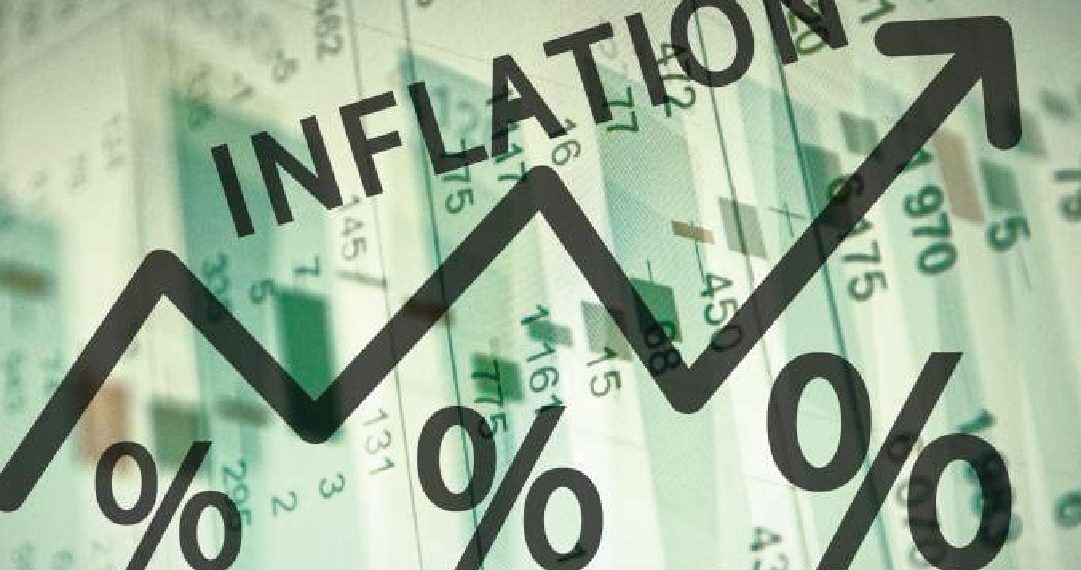The ICE Dollar Index DXY, +0.06% rose to 102.74, higher than 102.29, seen Friday, December 30, 2016.
The dollar gained around 3.5% in 2016, its fourth straight year of advances. The rally has taken the index to levels last seen in 2002.
The WSJ Dollar index BUXX, +0.30% , which measures the dollar against a broader basket of rivals, rose 0.3% to 93.22. The index was trading at 92.73 late Friday and rose 3% in 2016. Last year’s gains stem from higher U.S. interest rates and hopes that President-elect Donald Trump will stimulate the U.S. economy.
Further important updates on the economy will come this week with the release of the U.S. Institute for Supply Management’s December survey on Tuesday and nonfarm payrolls for December, expected Friday.
Against the yen USDJPY, +0.39% the dollar rose to ¥117.45 from ¥116.37 on Friday. The dollar lost 2.7% in 2016 against the Japanese currency.
Meanwhile, the British pound GBPUSD, -0.4131% , dogged by the surprise Brexit vote last summer, fell to $1.2288, dropping from $1.2339 on Friday. The dollar gained a whopping 19.37% against the pound in 2016.












